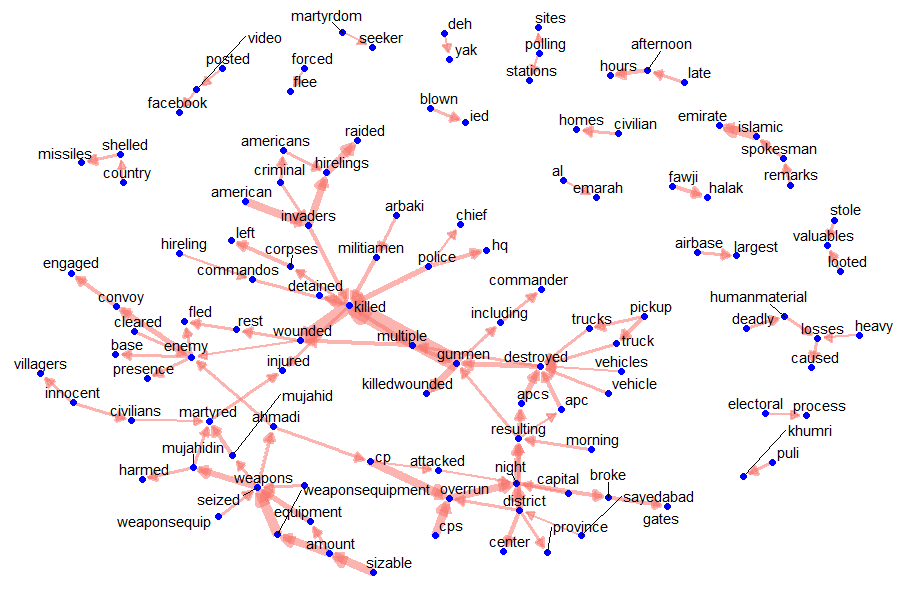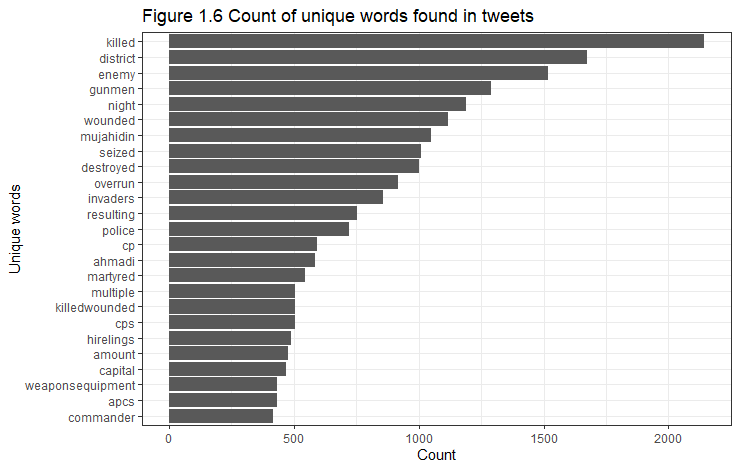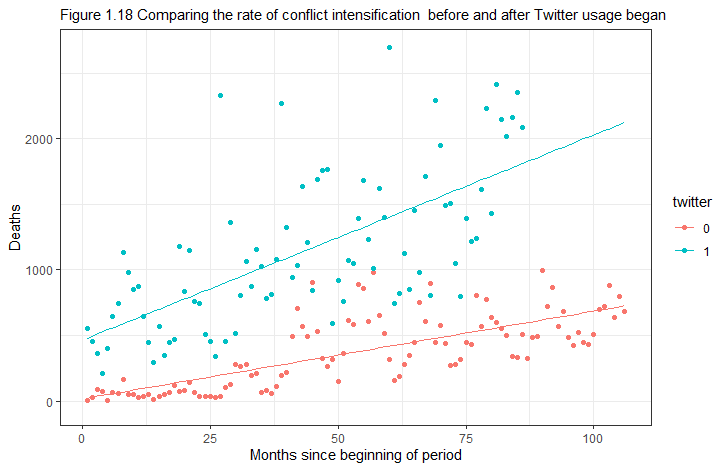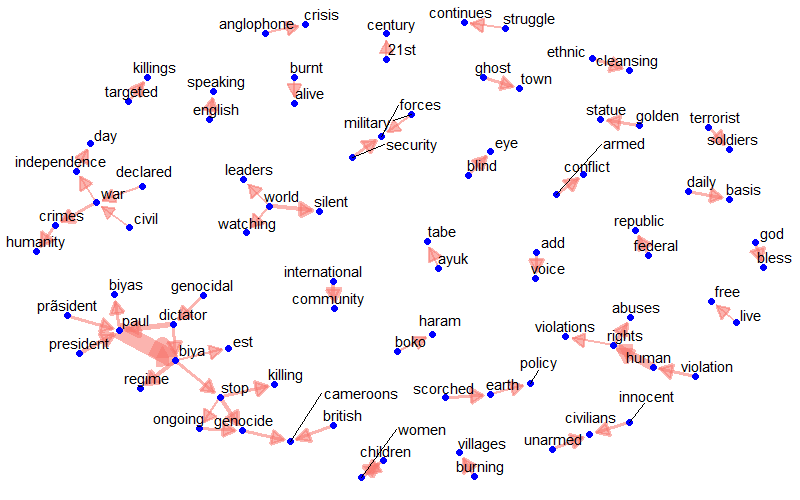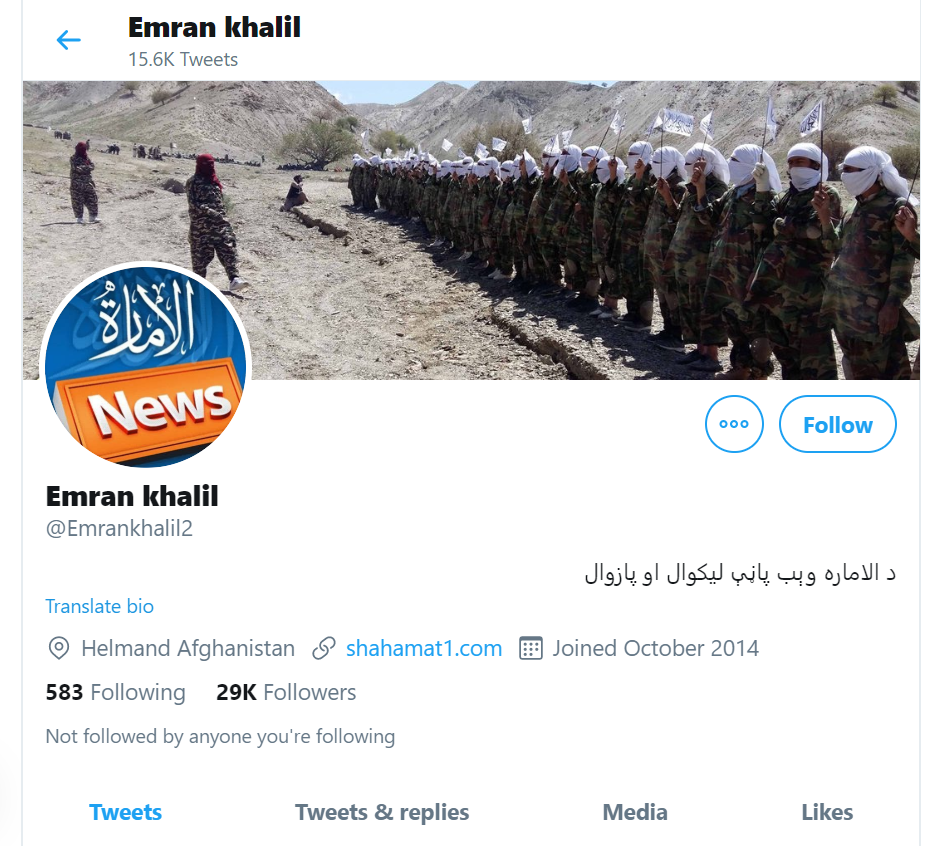The spread of the internet around the world is often hailed as an advancement in economic opportunities, education, health,
and quality of life for those who gain access to it. However, a clear understanding of the sinister impacts of the spread of the internet,
such as its potential role in the rising levels of political violence around the world, eludes scholars and policymakers alike.
Does social media play a role in the level of violence during insurgent conflict? More specifically,
can the adoption of social media by insurgencies increase the intensity of the conflict?
I define insurgency as a conflict in which an asymmetrically weak actor attempts to violently seize political power from the
existing government, while conflict intensity will be measured through the frequency of conflict events or battle deaths.
I argue that strategic usage of social media leads to increased levels of conflict intensity.
More specifically, the use of social media allows insurgencies to engage more effectively, cheaply,
and emotionally with target audiences to disseminate a narrative that facilitates recruitment, encourages material support,
fuels pro-insurgent sympathies, and encourages the use of violence.
This dynamic will be illustrated through in-group analyses of three case studies:
the Ambazonia separatist movement in Cameroon, the Taliban insurgency in Afghanistan, and the Boko Haram insurgency in Nigeria.
Conflict data for each case study was gathered to include a period in which the insurgency strategically utilized social media
and a period before social media was used. Social media data for each insurgency, including text and metadata,
was collected mainly from Twitter. Statistical analyses linking increased conflict intensity with increased social media usage
shows the plausibility of the argument while a content analysis of Twitter data is used to explain the link using my theory.
The results show that the intensity levels of the conflicts increased along with the insurgencies’ strategic use of social media.
An analysis of Twitter content revealed slightly varying mechanisms by which this occurred,
but ultimately showed that insurgent rhetoric on Twitter allowed the insurgencies to more effectively recruit militants,
secure foreign support, and disseminate propaganda designed to sway civilian sympathies.
However, the Boko Haram case shows that failing to use social media strategically does not result in a link between social media
usage and increased conflict intensity. The results present implications to both policymakers and private corporations.
In future asymmetric wars, policymakers will have a better understanding for how the digital theatre shapes on-the-ground
conflict dynamics while technology companies will have a better understanding of how to monitor their platforms to prevent
escalating violence.
